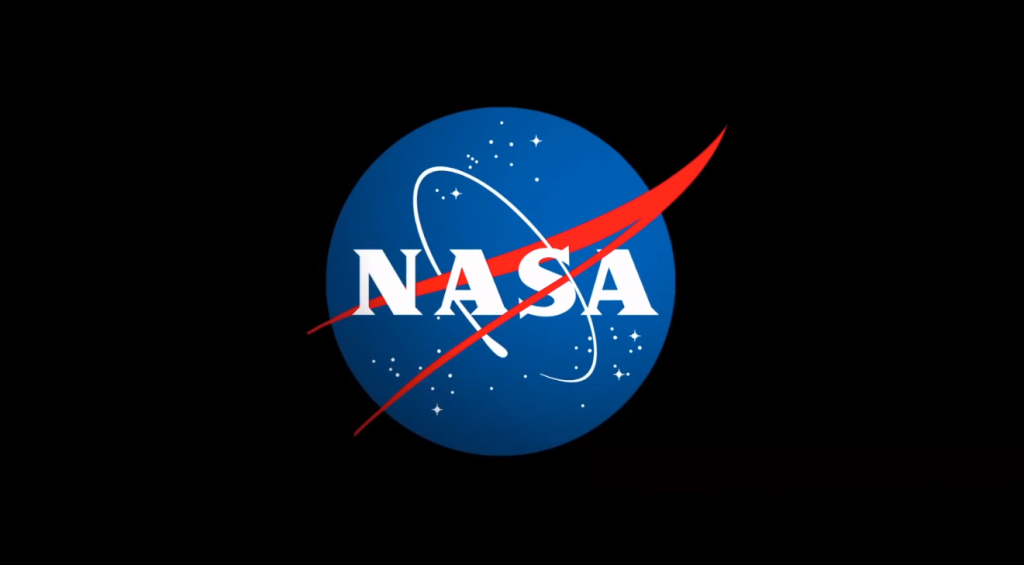Name: Kenton Stalder
Title: Disability Program Manager
Formal Job Classification: Equal Employment Opportunity Specialist
Organization: Code 120, Equal Opportunity Programs Office, Office of the Director
What do you do and what is most interesting about your role here at Goddard? How do you help support Goddard’s mission?
Since arriving at Goddard in June as the disability program manager within the Equal Opportunity Programs Office (EOPO), I have been learning the NASA Goddard culture and history of working with and being inclusive regarding individuals with disabilities. My primary focus these first three months has been the reasonable accommodation process; a complex, rewarding and effective area.
Please tell us a little about your background.
I was an avionics maintenance technician for the U.S. Air Force from 2001 to 2010. When I met the Air Force recruiter, I told him I didn’t care what I did as long as I could be around an airplane. He named a job title I didn’t understand (2A5X3B Integrated Avionics Systems) and the next 10 years of my life were set.
I was on active duty for three years, active reserve for three years and then reserve for the remaining time. I was deployed to Afghanistan three times for a total of about a year and a half.
In my first assignment, I worked on the AC-130 U model gunship, a large cargo aircraft of which there are only 13 existing in the world. Picture a commercial aircraft like a Boeing 737 and then put three giant guns on one side and you have a gunship – it’s an awesome and scary piece of technology.
My EEO specialist career began with my first job as a reasonable accommodation coordinator (RAC) for the Centers for Medicare and Medicaid Services (CMS) in Baltimore. I worked for CMS for six years.
How did you get into the reasonable accommodations area?
I started at CMS as a personal assistant service contractor. I was hired as a temp to provide services to CMS employees with disabilities such as reader-scribe services and mobility services. At that time, I had no knowledge whatsoever about the EEO field, much less reasonable accommodations. Once I knew the job existed, I knew it was something I was passionate about and wanted to do. After six months as a contractor, I was hired to process reasonable accommodations. If I would have known this job existed, it might have been my dream job from childhood.
What are some of the tools of a disability program manager?
The charge of the disability program manager is to increase the recruitment, retention and promotion of people with disabilities. To achieve those goals, we try to find and remove barriers to successful employment for people with disabilities. To help achieve that goal, we use tools such as the Schedule A hiring authority, reasonable accommodations, and our special emphasis programs.
For example, October is National Disability Employment Awareness month. EOPO coordinates a special event every October to educate our employees about various aspects of disability employment.
Please tell us about Goddard’s Equal Employment Accessibility Committee.
Goddard’s Equal Employment Accessibility Committee is composed of one employee per code. We meet monthly and I am the committee’s program manager. Our committee provides advice and guidance to EOPO and the center about issues and concerns of Goddard’s employees with disabilities.
Currently, we are working with security to look at our emergency evacuation procedures. We want to ensure that our emergency evacuation procedures are designed to effectively accommodate individuals with disabilities in the event of an emergency.
What is most interesting about where you grew up?
I grew up in Sturgis, South Dakota, famous for its annual motorcycle rally. The first week of August, our town of 6,000 people surges into one of 500,000 to 800,000 people. It effectively doubles the entire state’s population. It is really a logistical miracle!
As I heard it told as a kid, the Sturgis Rally began around the 1940s. Car racing was an invention of prohibition since the bootleggers, as a practical matter, had to build cars fast enough to outrun the authorities. Soon, people wanted to race to see who had built the fastest cars and out of this endeavor the Sturgis Racetrack was born. During World War I, shortages made it easier for people to race motorcycles instead of cars. A local motorcycle club called the Jack Pine Gypsies started a series of motorcycle races that, through the years, grew into our famous rally. The motorcycle races remain the core of the rally.
What do you enjoy doing to relax?
I love to cook. My signature dish is paella, a Spanish rice-based dish. There are hundreds of varieties, I generally use seafood and chicken for my protein. In 2010, I went to a local Peruvian restaurant that served paella. I liked it so much that I decided I would learn to make it at home. When I looked up how to make paella, I realized it is a very complex dish with a rich cultural history. It became important to me to honor those traditions and I researched everything I could. I tried to find the best pan, the best ingredients and the best methods. For instance, I use a short grain rice from the Calasparra region of Spain known for its ability to soak up the most liquid. Additionally, it’s important to lightly burn the rice near the end of the process to create a “socarrat,” which is the tastiest part. I could go on and on but it is probably more important to say that there is little agreement on what makes the best or most authentic paella, but once you’ve taken a stance in the debate, you have to defend it with passion!
Learning to cook paella lead me to an interest in Latin American cuisine which led me to my wife, Fabiola, who is from Mexico. She would call me a liar for saying that cooking is my pastime, and in order to protect my marriage, I hereby state and affirm that she cooks more on a day to day basis than I do, and she is better at it than I am in every way.
By Elizabeth M. Jarrell
NASA’s Goddard Space Flight Center, Greenbelt, Md.

Conversations With Goddard is a collection of Q&A profiles highlighting the breadth and depth of NASA’s Goddard Space Flight Center’s talented and diverse workforce. The Conversations have been published twice a month on average since May 2011. Read past editions on Goddard’s “Our People” webpage.






























